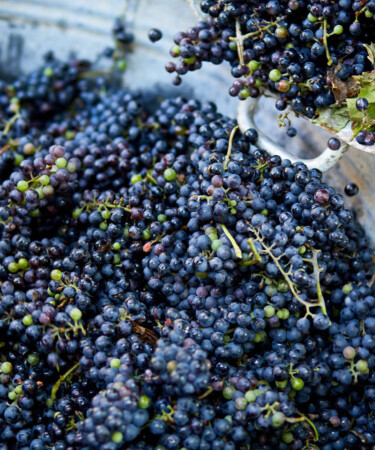It’s been a tumultuous year for the wine industry, and according to new data, a large portion of the globe is feeling its effects. A Tuesday report from the International Organisation of Vine and Wine showed that this year’s global wine production rates are forecasted to be the lowest they’ve been since 1961.
Based on information from 29 countries, which accounted for 94 percent of world wine production in 2022, this year’s output is expected to fall between 241.7 and 246.6 million hectoliters (mhl). Overall, this indicates a decrease of seven percent to last year’s volume. Extreme climatic conditions such as early frosts, excessive rainfall, and drought are largely to blame for the dwindling harvest and production rates. The countries and regions most affected this year are predominantly in the southern hemisphere, including Australia, Argentina, Chile, South Africa, and Brazil — all of which show year-over-year dips between 10 and 30 percent.
New Zealand, though, has navigated the rising tides successfully, and is expected to achieve a production level above its five-year average. Other nations have had similar relative success: Harvest forecasts in the U.S. predict that the nation will top its production volume from last year, and France is expected to take Italy’s title of the largest wine-producing country in the world with a volume only a notch above its five-year average. And while fellow European countries Italy, Spain, and Greece all took a blow in their respective wine industries due to harsh weather conditions, Germany, Portugal, and Romania experienced the opposite effect.
While this year’s global wine production rate will likely not dip below that of 1961’s 214 mhl, it will rival 2017’s historically low volume of 248 mhl. Global production sharply rebounded the following year, but sank down again in 2019 where it has remained somewhat stagnant until this year. All this said, this year’s information should be taken with a grain of salt, as there are still large countries like China where 2023 production information has yet to be obtained. Plus, these numbers have been increasingly hard to predict in recent years in light of erratic weather patterns.
In the long run, with wine consumption rates on the decline and rising stock prices in many countries, this year’s low global output could bring needed balance to the world wine market at large.
This story is a part of VP Pro, our free content platform and newsletter for the drinks industry, covering wine, beer, and liquor — and beyond. Sign up for VP Pro now!
